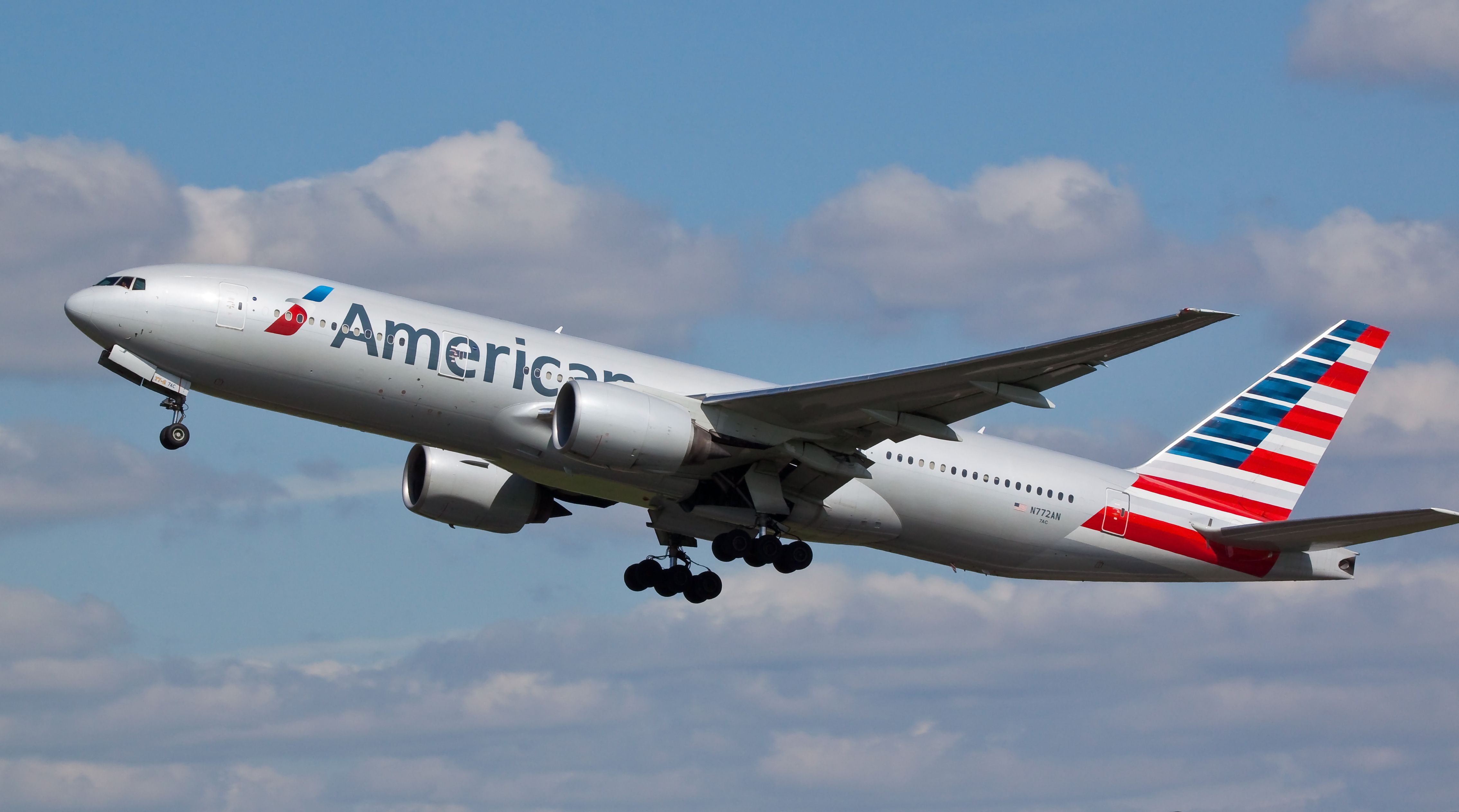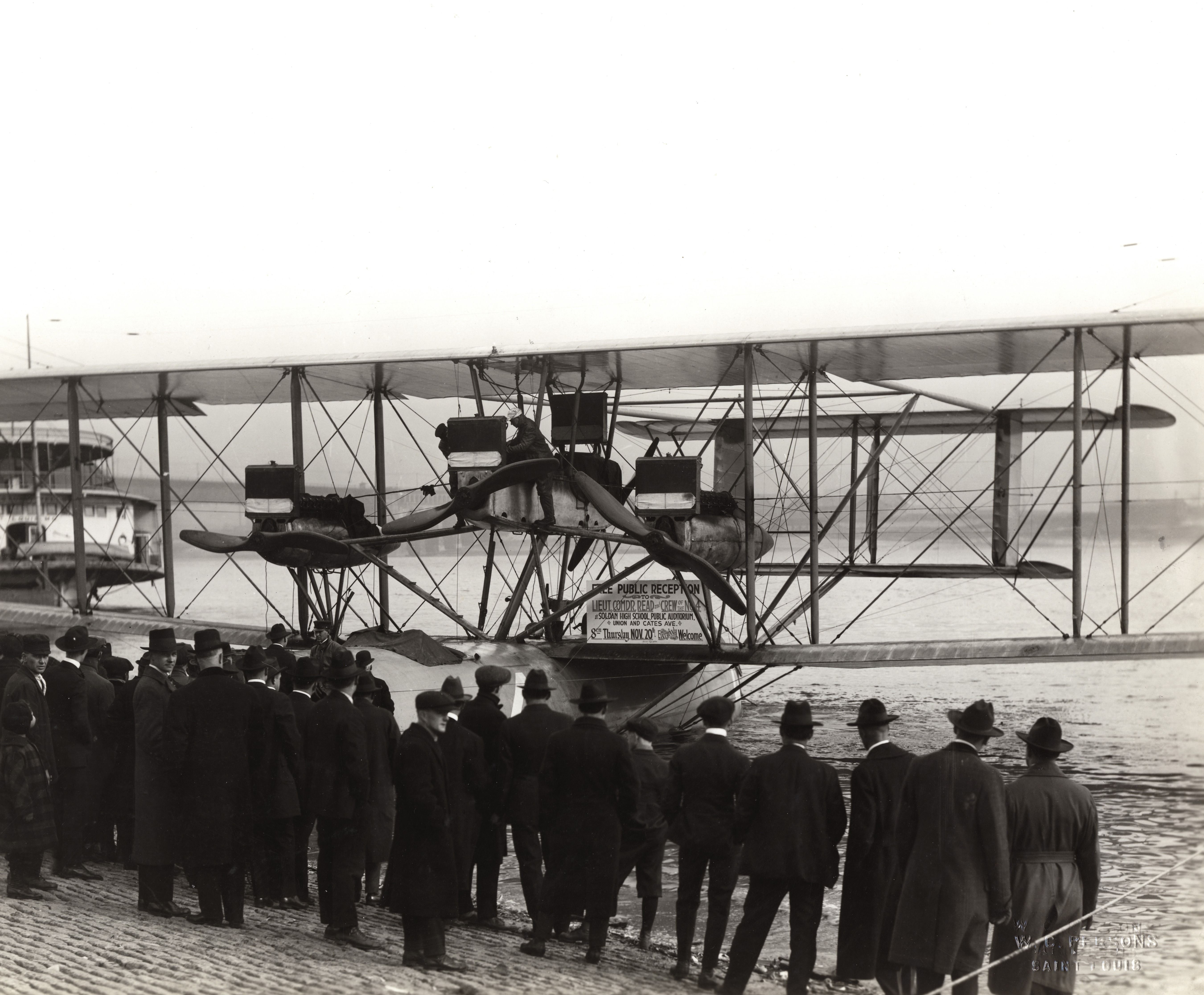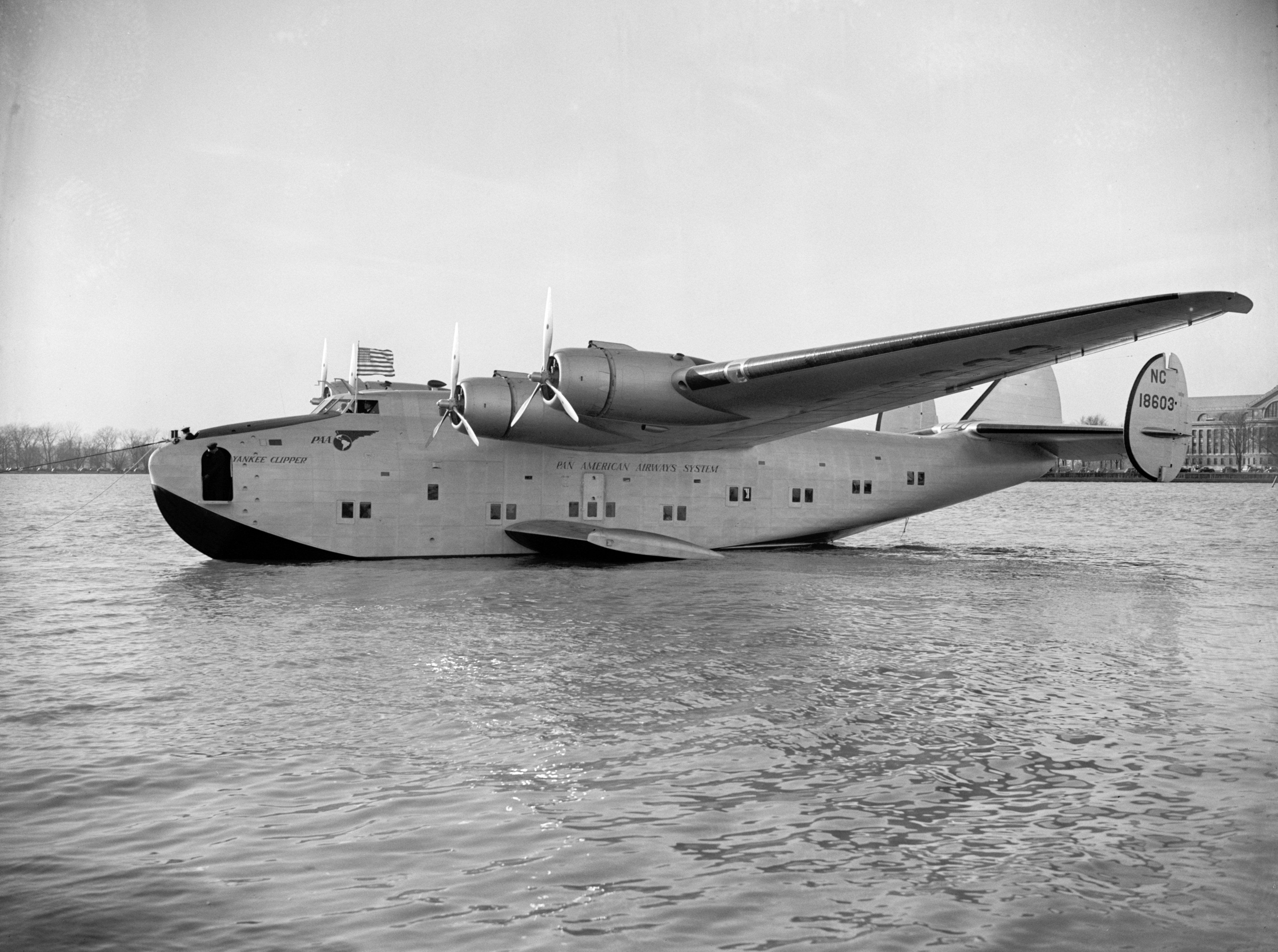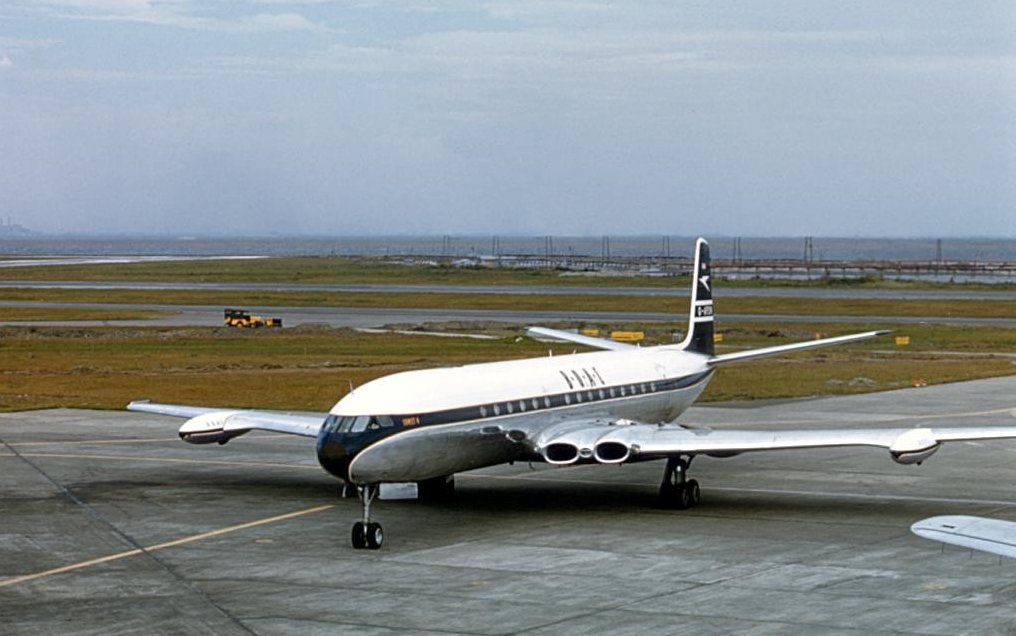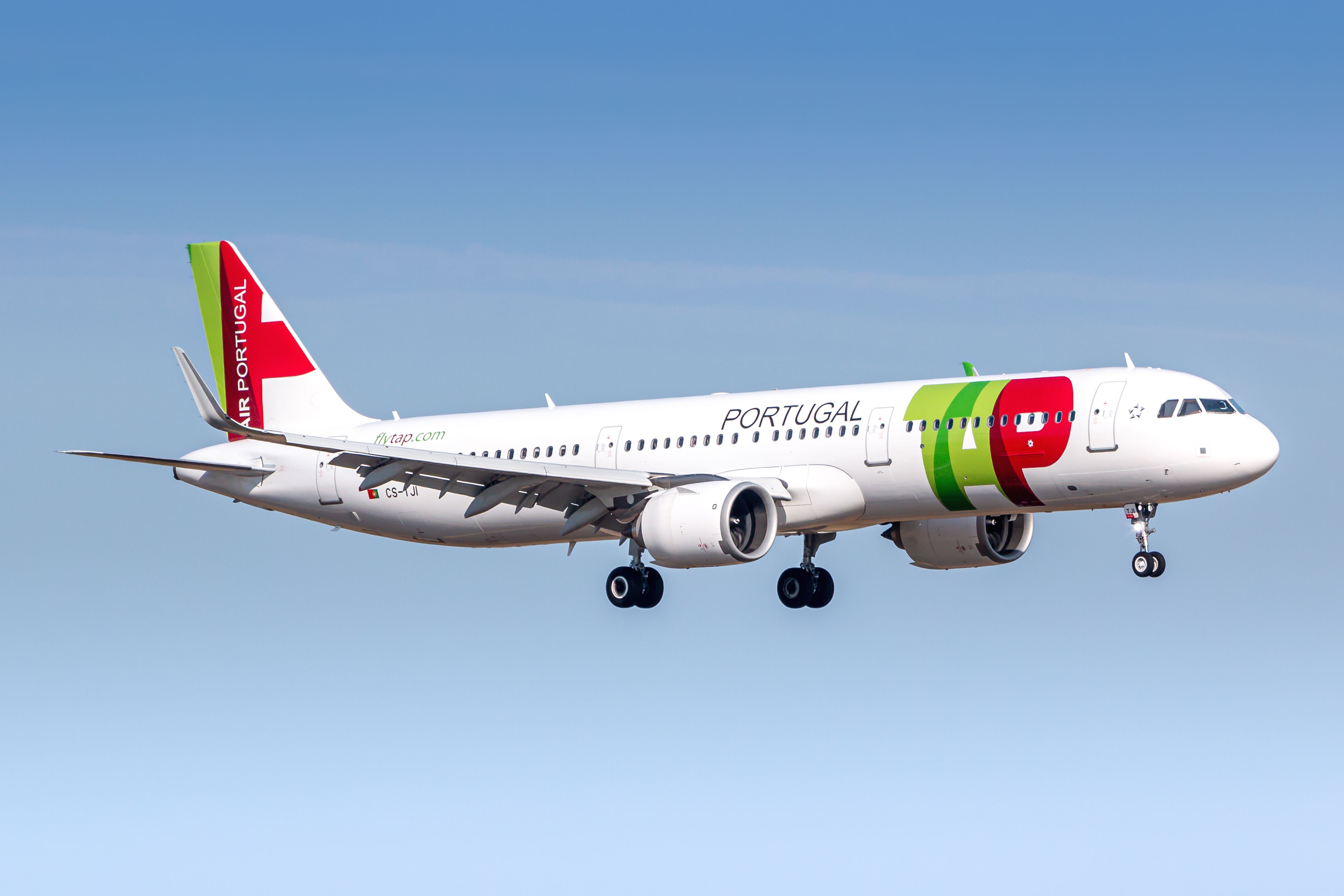Crossing the Atlantic Ocean by air has always been a magical experience, albeit much easier and quicker today, thanks to an abundance of commercial flights. But looking back over the past 160 years, what are some of the standout moments in the history of transatlantic air travel?
The first attempts
Transatlantic air travel was not always as simple as it is today. The earliest attempts to cross the Atlantic by balloon date back to 1859, taking advantage of the strong jet stream winds. However, none were successful, and it was not until the early 1900s that aviators began to attempt the crossing in bi-planes.
Although early aircraft engines did not have the reliability needed to cross a vast ocean, nor the power to lift the required fuel, the idea still captured the public's imagination. In 1913, a UK newspaper even offered a prize of £10,000 ($12,700), the equivalent of £1.4 million ($1.79 million) in today's money, for the first successful flight across the pond.
In May 1919, the Curtiss seaplane NC-4 successfully made the journey from the US to the UK, stopping first in New Foundland, then onto the Azores and Portugal, before finally reaching the UK after some 23 days on the move.
One month later, on June 14th, 1919, the British aviators Alcock and Brown made the first non-stop transatlantic flight in a Vickers Vimy IV twin-engined bomber. They replaced the bomb racks with fuel tanks, which carried 3,900 liters of fuel. The flight took 16 hours and landed just outside of Galway in Ireland.
Commercial transatlantic travel
Flying a World War I bomber was, of course, not practical for passenger transportation, which caused manufacturers to return to the idea of balloon travel across the Atlantic. This time, they had more success, and from October 1928, vast rigid airships crossed the Atlantic from Germany to New York. However, in 1937 the balloon dream ended with the Hindenburg and R101 disasters.
Imperial Airways was the first airline to look into the use of the Short Empire seaplane for travel from Ireland to the Americas in 1937. Pan Am also operated a flight in the opposite direction with a Sikorsky S-42 aircraft, with regular seaplane flights beginning soon after.
This initial journey took 20 hours and 21 minutes, traveling at an average ground speed of 144 mph. The Short Empire seaplane didn’t have enough power to lift itself off the ground with the fuel needed for the journey, so it was carried by a bigger aircraft to the right height and then released.
Pan Am went on to operate the Boeing 314 Clipper on its transatlantic flights. Featuring comfortable seating, fine dining, dressing rooms, and beds for sleeping, passengers were kept comfortable throughout the trip.
World War II
Just as transatlantic travel was beginning to take off, World War II began. While commercial services were reduced, aircraft were put to use transporting cargo across the Atlantic, avoiding the perils of traveling by sea. Over time, better technology led to more efficient aircraft that, with their large piston engines, could easily make the journey in under 20 hours, and thanks to longer runways, were able to carry more fuel.
After World War II ended, both North American and European carriers made use of the improved infrastructure to operate commercial flights across the Atlantic, normally with a stop in Gander (YQX) and/or Shannon (SNN). Airlines operating such flights at the time included Pan Am, Trans World Airways, BOAC, and Air France.
By January 1946, Pan Am's DC-4 was scheduled to operate five days per week from LaGuardia Airport (LGA) in New York to Hurn, now Bournemouth Airport (BOH), in the UK. The aircraft made the journey in 17 hours and 40 minutes.
Then came the jet era, with BOAC launching transatlantic flights between London Heathrow (LHR) and New York's Idlewild Airport (IDL) with its Comet 4 aircraft in October 1958, followed shortly after by Pan Am, which operated the Boeing 707 between New York and Paris. From that point on, airlines launched more and more services across the Atlantic, strengthening their route networks.
Find out more about the history of Pan Am with this report from the Simple Flying team.
Supersonic flights began on the Concorde in 1976, and ran until 2003. The iconic aircraft was flown across the Atlantic by both British Airways and Air France, from their respective hubs, making the journey in around three hours. Financial difficulties, exacerbated by the 2000 crash at Paris Charles de Gaulle Airport (CDG), ultimately led to the Concorde's demise.
The deregulation of air travel led to another boom in transatlantic flights, leading to today's plethora of services crossing the pond each day. Joint ventures like that between American Airlines and British Airways helped to strengthen services further.
While the pandemic all but shut down transatlantic travel in 2020, demand has returned, and is now stronger than ever. This summer, there are over 150 flights per day between the US and the UK alone, according to data from Cirium.
The future of transatlantic travel
For years, transatlantic air travel was the domain of widebody aircraft such as the Boeing 747 and 777. However, technological advances and the development of longer-range narrowbody aircraft led to a shift towards the likes of the Airbus A321LR.
These modern, fuel-efficient aircraft provide airlines like TAP Air Portugal and Air Transat with a viable way of operating profitably across the Atlantic. It is likely that more airlines will adopt this strategy over the coming years, launching more and more long, thin routes with narrowbody aircraft.
How many times have you flown across the Atlantic? Do you have a favorite transatlantic airline? Share your experiences by commenting below.

